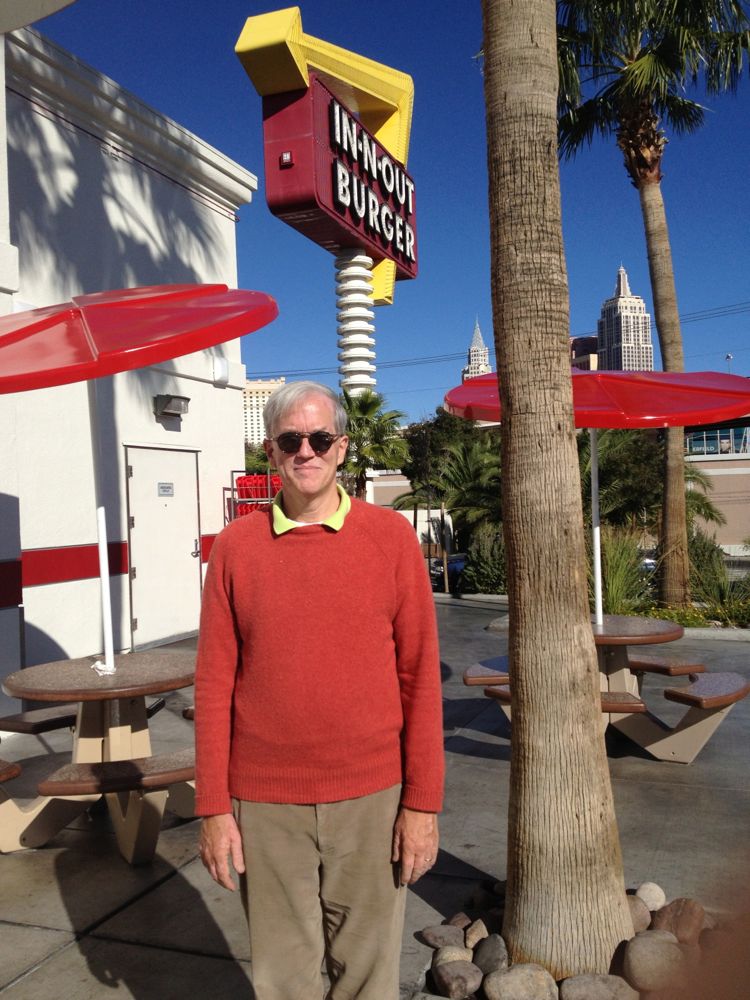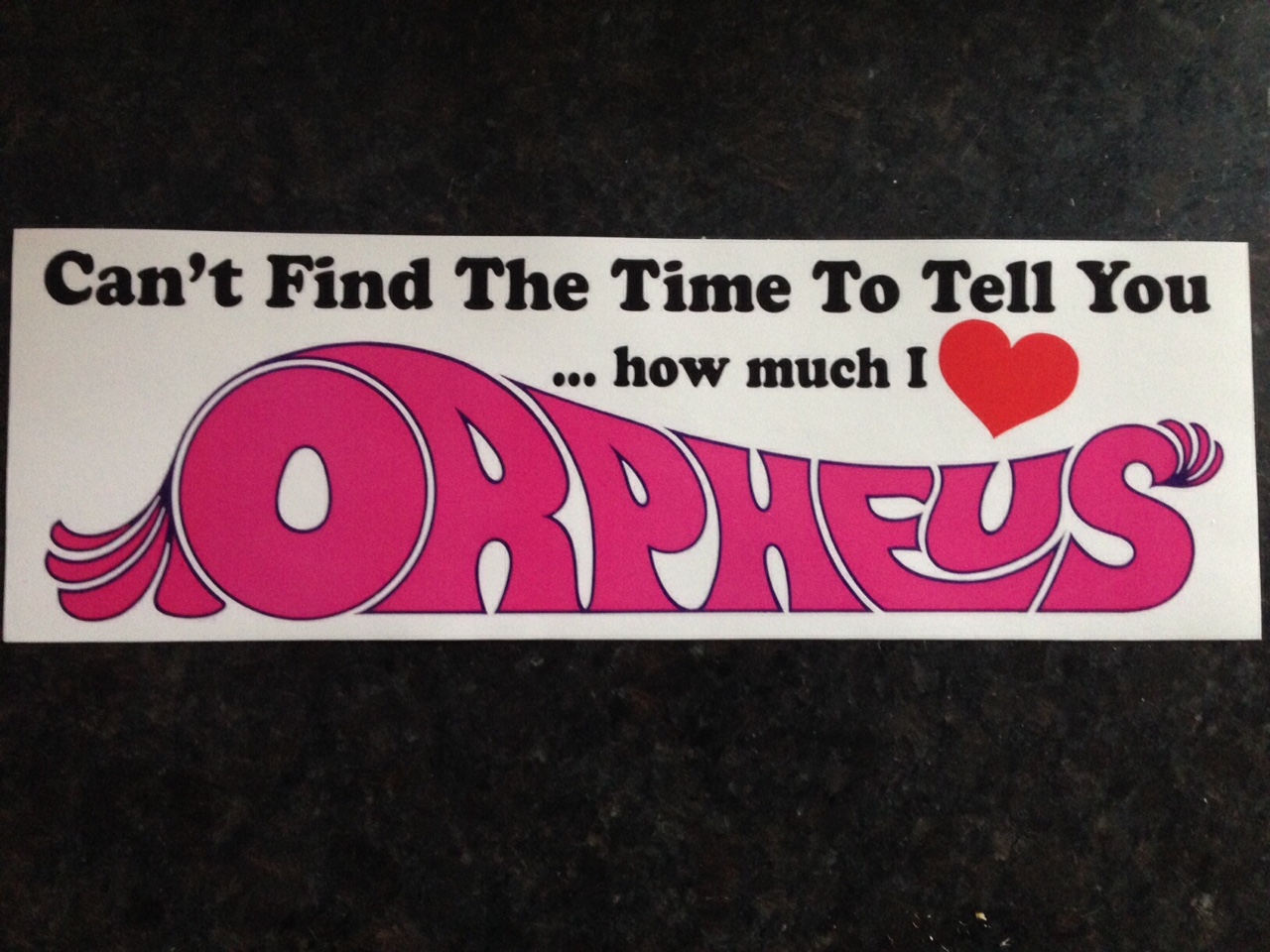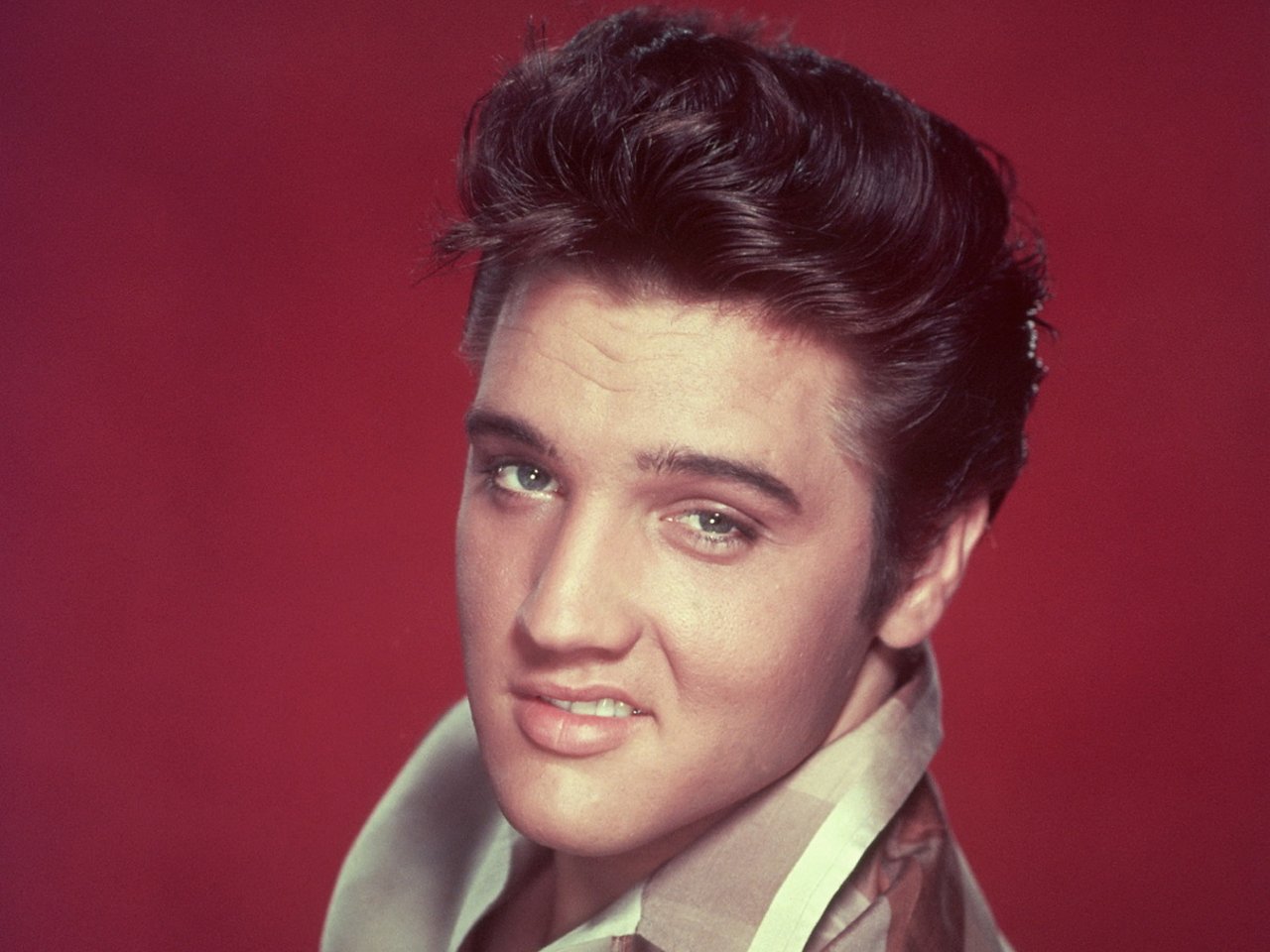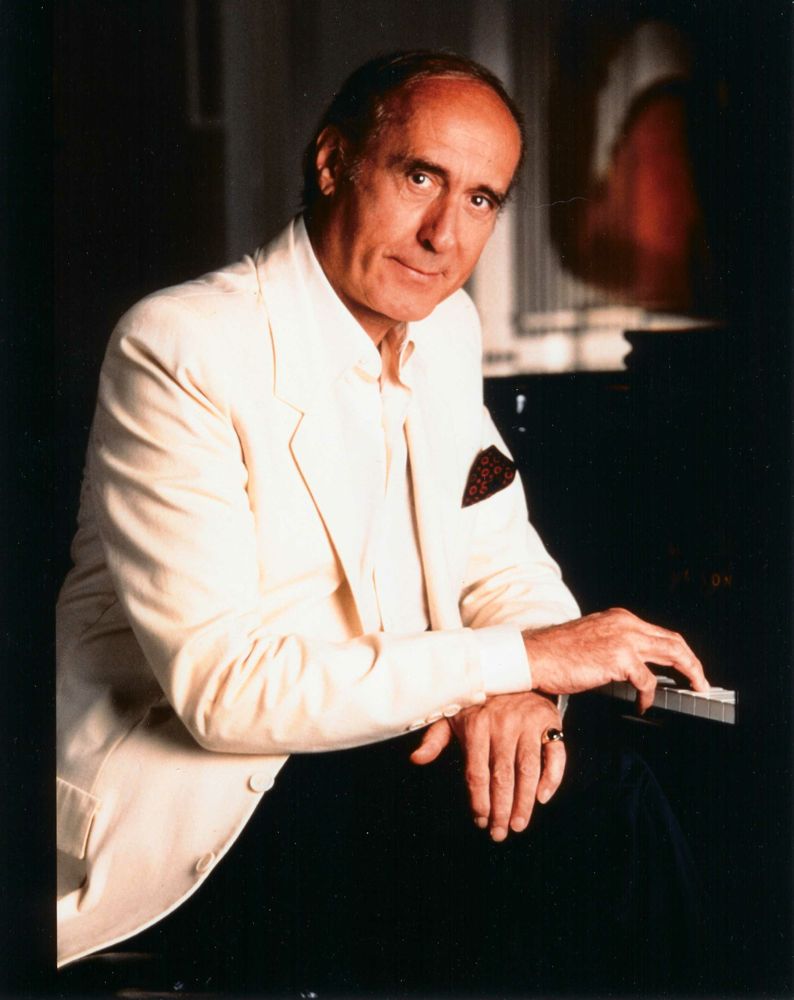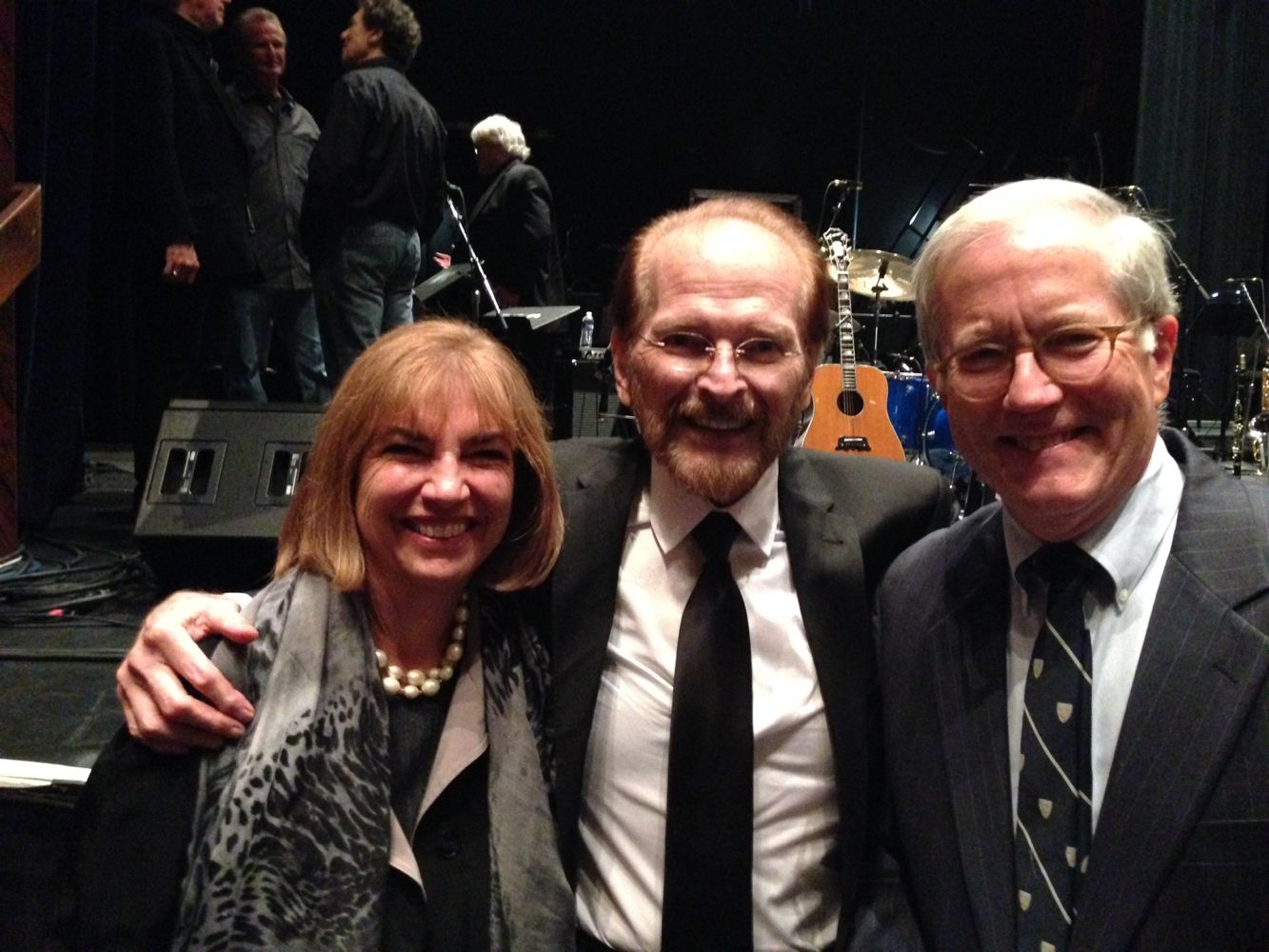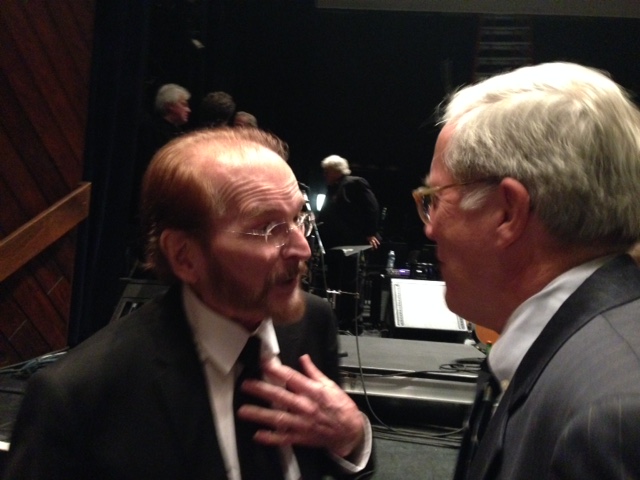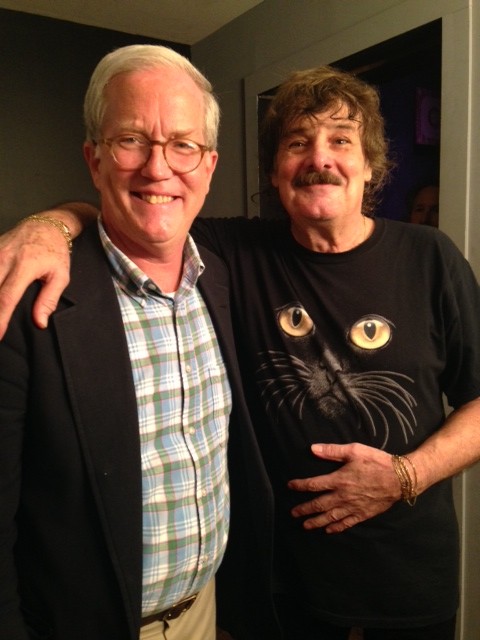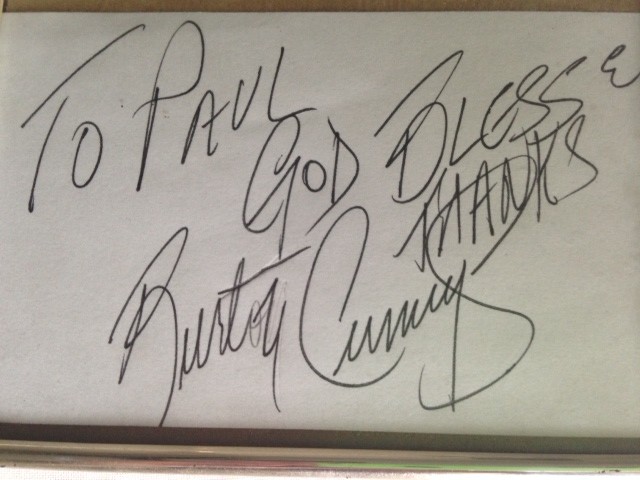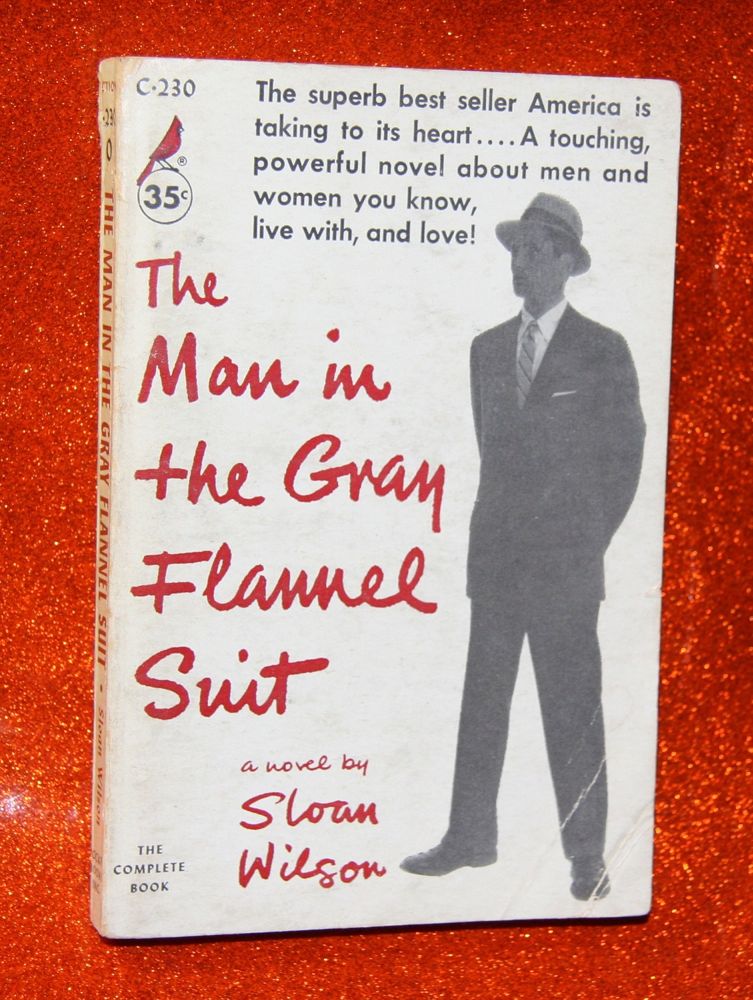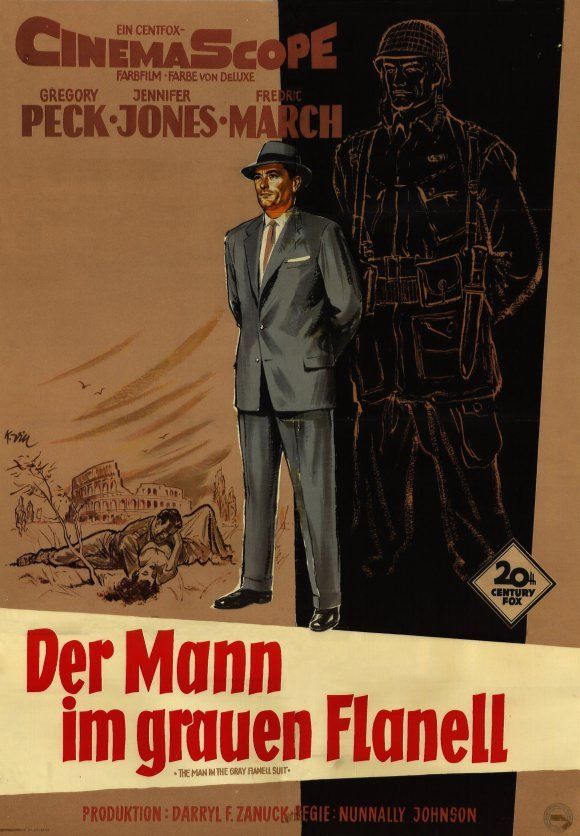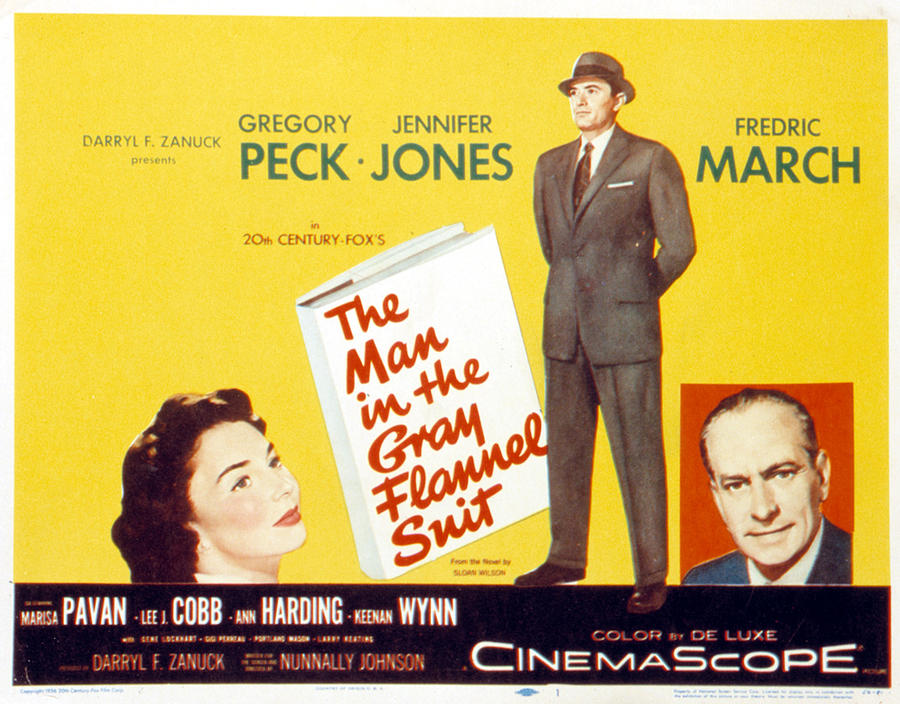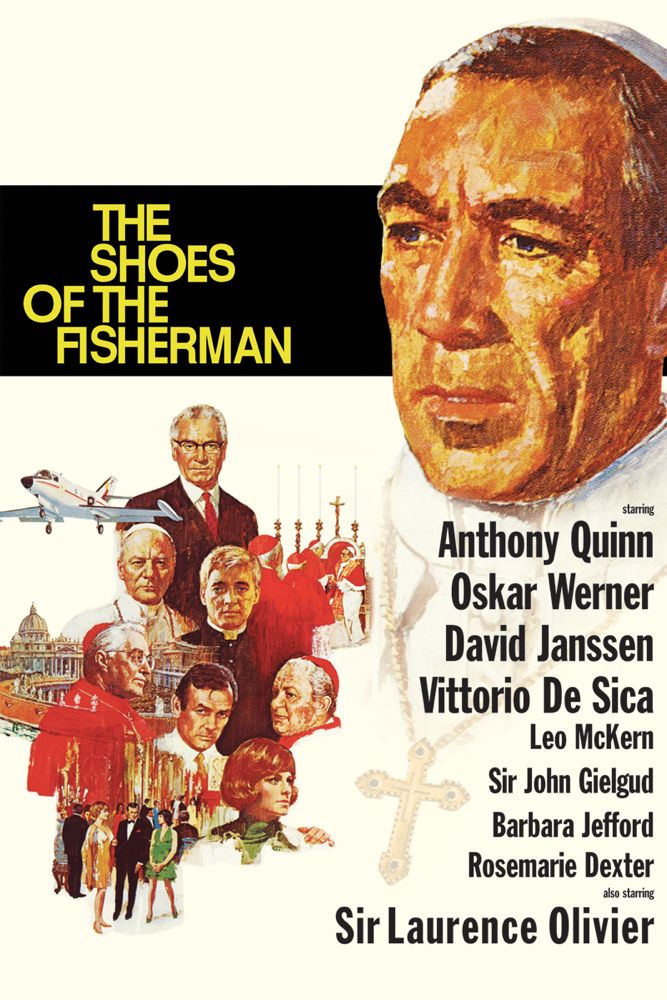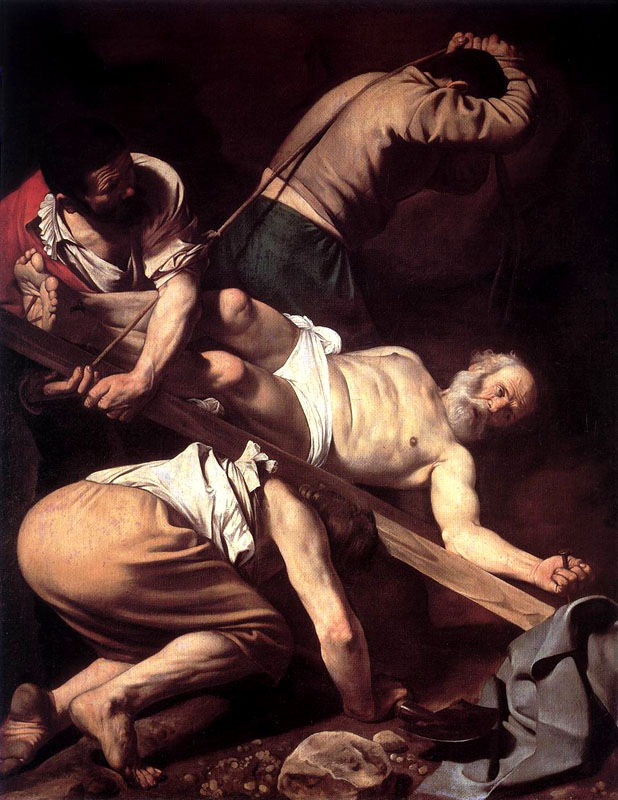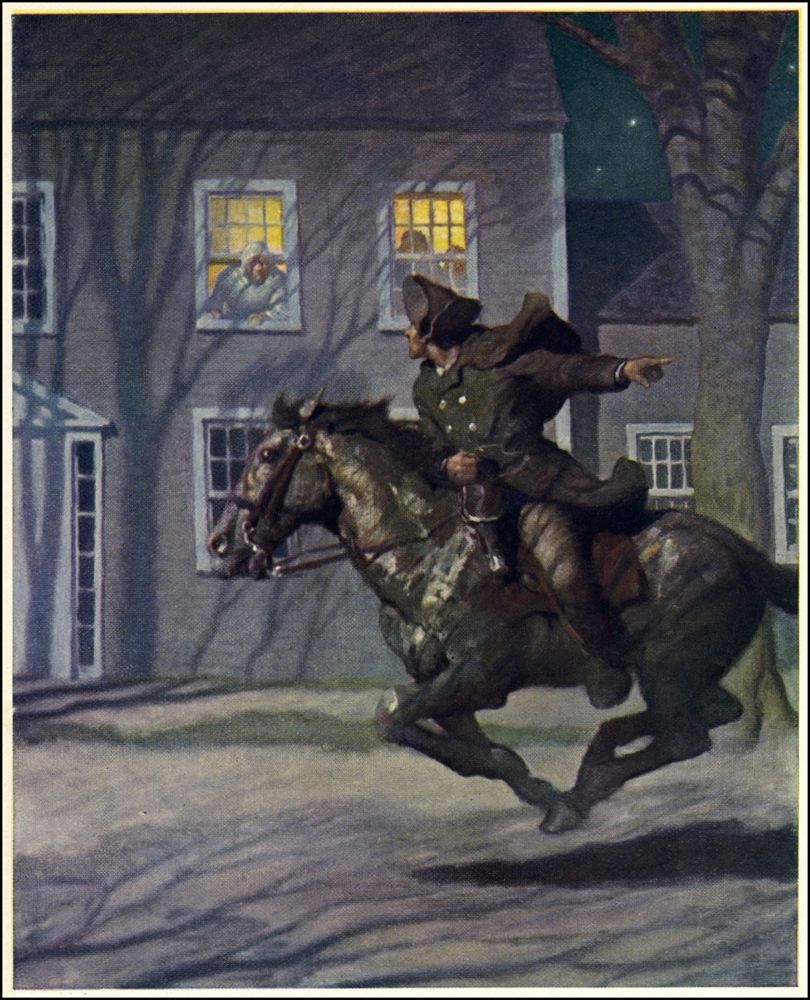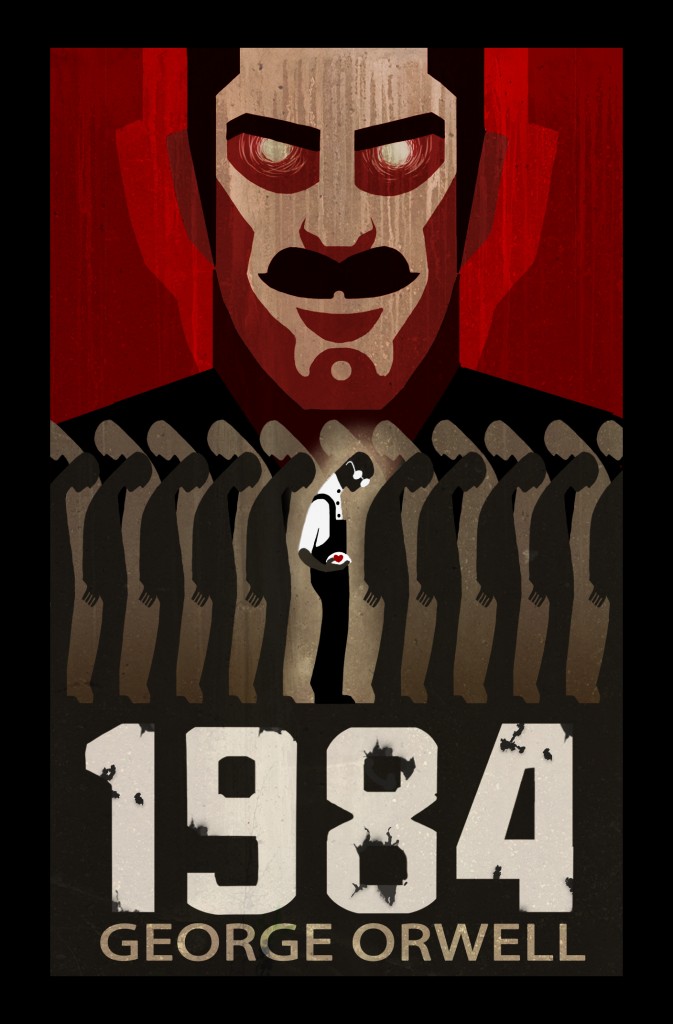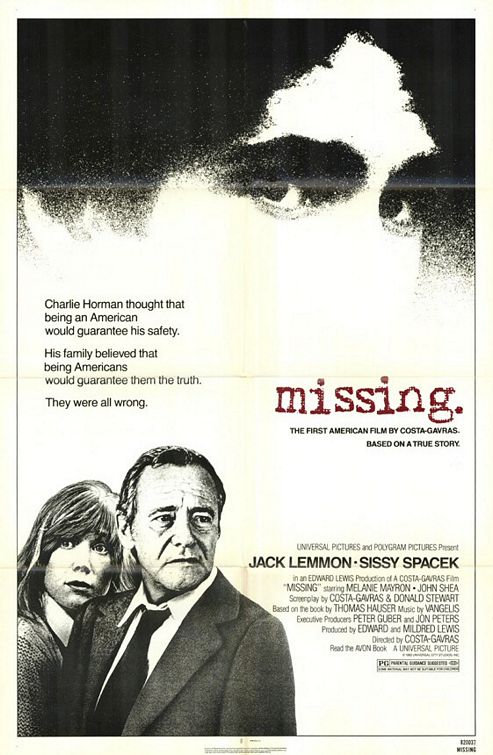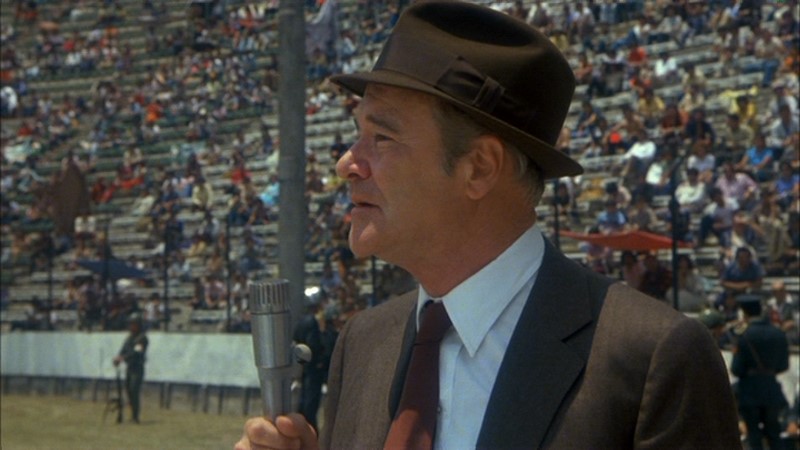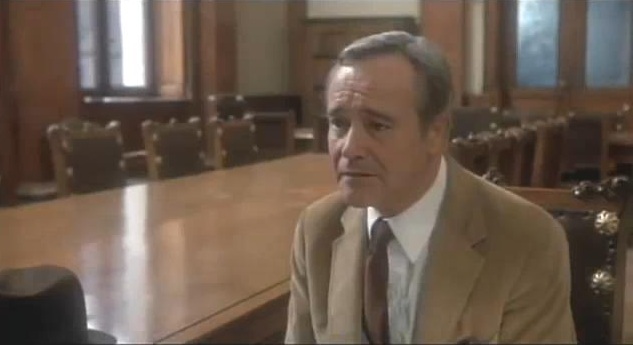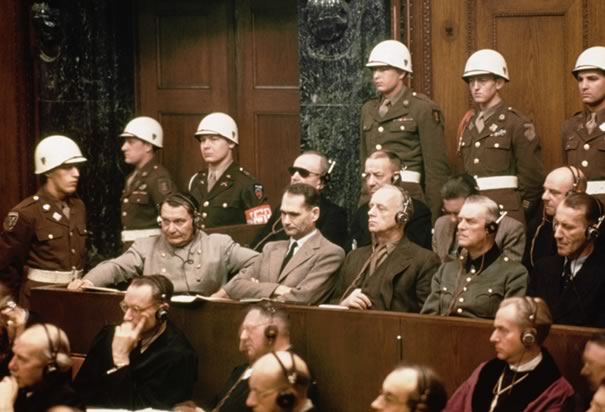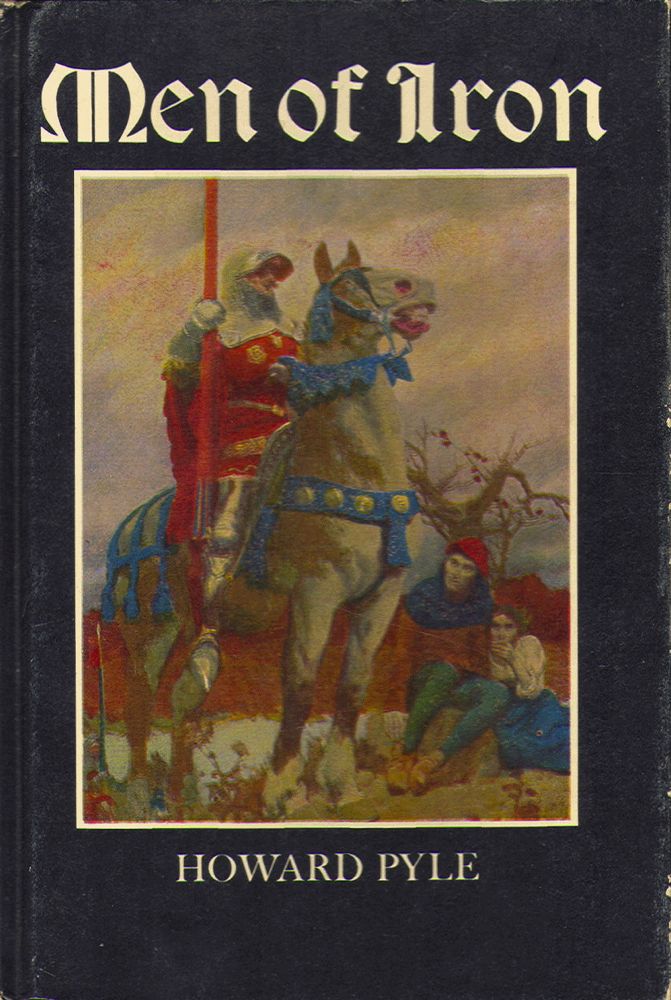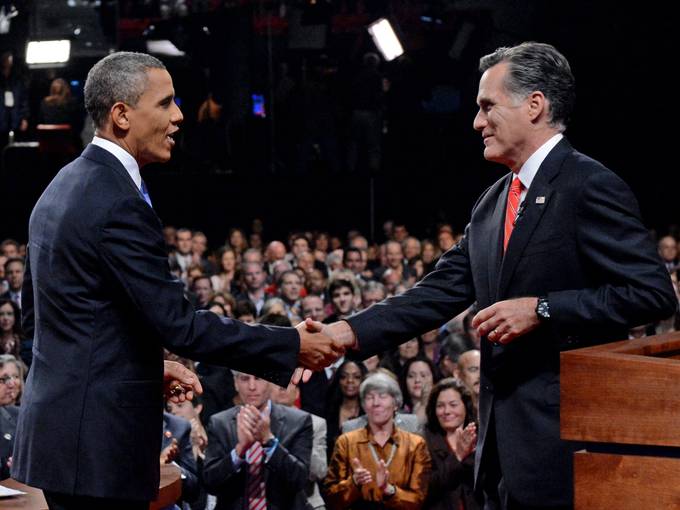What is the meaning of an individual human life? What counts, or lasts, or is enduring about it?
Out of the complete originality of Lloyd Fonvielle, what “stands”?
His aspiration to love and be loved. This is probably the bottom line of any person’s life..
Lloyd’s aspirations concerning love – his ruminations on the nature, or possibility, of love – animated his work, and all in a unique, ever-changing but also continuous-with-itself package.
Lloyd’s writings on photography, especially concerning William Eggleston; his writings on ballet and George Balanchine – and remembering especially Lloyd’s remarkable friendship with Lincoln Kirstein; Lloyd’s script for The Bride; elements in Lords of Discipline; Gotham (!); Circus, for sure; many of Lloyd’s Western short stories, his “noirs”, right through to the last one, Black Pearl..
Many if not most of these are ruminations on love and its sometime impossibility, and its devoutly to-be-hoped-for possibility.
Lloyd was extremely interested in the mercurial and at times hopefully enduring relations between men and women.
Lloyd also loved his family very much, and they were always a very large part of his life. Mary and I often wished that Lloyd had been able to have children. As it was, Lloyd had a special heart for his nephews and nieces, each one of them!
I think everyone here would agree that Lloyd was lost to us too soon.
Here is the second of two points in this short memorial sermon:
Where is Lloyd now?
That’s a big one. To me, it is the biggest one.
Whatever you think about the answer – I mean, whatever you think the answer to that question might be – every person has to engage the question somehow, simply because we all die. As Lloyd has died.
Lloyd has pre-deceased every one of us who is here. (I was always sure that Bob Dylan would pre-decease Lloyd, by the way, but it didn’t turn out that way.) Lloyd now knows something, or has found out something, that none of us here today can answer with certainty. Lloyd now knows, or has found out, something that Bob Dylan doesn’t know.
Here is my simple answer to the question of where Lloyd is:
Lloyd is with the God of Love and Mercy.
Lloyd remained a Christian throughout his life, right up to the very end of it. He and I talked on the phone about faith and God and the person he called ‘Rabbi Jeshua bar Joseph’ only three days before he died. Why did Lloyd remain religious? (He detested most human representations of Christianity.) For one basic reason: Bob Dylan! Just kidding.
No, but really:
Lloyd was drawn to Christianity because of the human life and actings-out-of-compassion that Lloyd saw in that person with the long Hebrew name. That’s just a fact, about Lloyd.
So where is Lloyd today?
He is with that kind of God, within that kind of Reality.

